The content of the article
Washing the ears is a rather complicated procedure, which, if done incorrectly, can lead to serious consequences. You can do the washing yourself at home only if you have seen how the doctor does it. Let's talk about the process in more detail - in which cases an earwash is indicated and how to implement it.
Indications for washing the ears
- Ear washing is prescribed by an otolaryngologist for otitis, when the ear canals are filled with pus. In this case, you need to watch once exactly how the doctor does the procedure, then to repeat it at home on their own. Pay attention to the intensity of the jet pouring into the ear. The jet must be powerful enough to wash the pus, but at the same time moderate, so as not to damage the septum.When the doctor tilts your head to pour the solution out of your ear, look at what angle it does. Also pay attention to which way he pulls off the earlobe and earlobe. Ask a specialist all your questions.
- Another indication for washing the ears is sulfur plugs. They may occur in young or older people, their education does not depend on the cleanliness of the person. On the contrary, frequent and improper use of cotton swabs can lead to the fact that you put sulfur into the ear, and even condense it. People who work in dusty work are also at risk — they have sulfur plugs more often. Ears can be laid gray and those who wear a hearing aid. How to understand that you have sulfur plugs? If you feel stuffy in your ear, if you have begun to hear poorly, if you have headaches and tinnitus, this is a real reason to consult a specialist and, if necessary, to wash your ears.
- Ear washing can be a salvation when foreign objects get into the ear canals. In this case, it is impossible to engage in amateur. With wrong actions, you can push a foreign object even deeper. In this case, it is better to immediately seek medical help.
Ear washing technique
Remember that without a doctor's recommendation you can not flush your ears, with many ENT diseases this procedure is strictly contraindicated and can lead to serious consequences, even deafness. But, if, after examination and diagnosis of a doctor, you are prescribed a washing, you can do it yourself at home. Here is a detailed description of this technique.
Preparation and softening
Sulfuric cork must be pre-softened and prepared. To do this, a few days before the procedure, you need to bury a special solution in your ear. You can buy it at the pharmacy or use regular vegetable oil instead. Also suitable liquid petrolatum or oil, mixed in half with hydrogen peroxide.
Remember that the liquid that you dig in must be moderately warm. To do this, you can hold it for a few minutes in your hands or simply dip it in hot water. Drip the selected softening compound in the ear twice a day - in the morning and in the evening. After three days, you can proceed to the next stage - washing.
Ear wash
For this procedure, we will need a 20 mg syringe without a needle or a small rubber bulb to inject the solution into the ear.We also need to choose a solution that can wash the ear canals. Special medical solutions with urea are the most optimal, you can buy them at the pharmacy. You can also use hydrogen peroxide, oil and glycerin, mixed in equal parts. If they are not at hand, you can use improvised means - half a teaspoon of soda and the same amount of salt per cup of water. During the procedure, liquid will flow, so you will need a wide container - a bowl or a basin.
We collect water into a pear or syringe, about 15 ml and inject it with a fairly strong jet into the ear. The head should be tilted so that the ear to be treated is at the top. Keep your ear in this position for about 5-7 minutes, until the drugs affect the inner surface of the ear canal. After the specified time, lower your ear so that all the liquid will overflow. Then repeat the procedure with normal warm water, but this time do not keep your ear in a raised position. Pour in water so that it immediately flowed. This is done in order to wash all the remnants of sulfur or pus.
Final stage
After washing, it is necessary to dry the ear passages well.To do this, you can handle them with cotton buds. There are UV lamps for heating, which can be used to dry the ear. At home, you can use a hairdryer for this purpose. However, make sure that the air stream is warm, not cold or hot.
After washing the ear can not go out for several hours, and in case of acute need it is better to wear a hat. After completion of the washing procedure, you can drip the drops that have been prescribed to you by the doctor (for otitis) in your ears.
Washing the ears of a child
Washing the little patients is not easy, because they can not sit still. For this procedure, you will need at least two people, the second is needed to fix the baby. An adult puts a child on his knees and clamps his legs with his feet. One hand holds the hands of the child tightly, and the second - fixes the head in a certain position. Such measures are simply necessary, because if the baby moves during the procedure, even a non-sharp tip of the syringe can damage the septum.
For young children, the same formulations are used during the washing of the ears, except for the concentration and dose of the infused liquid. The babies of the first years of life are often prescribed furatsilina solution.
Folk remedies for washing the ears
There are homemade recipes that have been tested for decades, which also help to clean the ears. Instead of peroxide, you can wash your ears with diluted onion juice. To do this, grate onions on a grater or chop in a blender, meat grinder. Using gauze, squeeze out fresh juice and dilute it in half with water. Then drop 5-6 drops of the prepared product into your ears. Onions copes well with bacteria and germs that, when otitis media, affect the ear canal.
To soften the sulfur plug you can make compresses from camphor oil and garlic. Crush a couple of cloves of garlic and squeeze the juice out of the pulp. Add a few drops of camphor oil to the juice and heat the mixture in a water bath. Then soak a small harness in the prepared composition and place it in your ear. After a while you will feel a slight burning sensation - this is the action of garlic. Camphor oil perfectly softens and warms the ear, and garlic has a pronounced bactericidal property.
Another popular recipe for softening the ear plug is baked with cumin. To do this, cut the onion in half,Sprinkle with cumin in the middle and put the two halves back together. Then wrap the onion in foil and bake it in the oven. When the onions have cooled, you need to squeeze the juice out of it. Bury this juice in your ears several times a day.
Prevention of ear plugs
Ear plugs are a rather unpleasant phenomenon that brings a lot of discomfort. In order not to bring the ears to such a state, it is necessary to observe all hygienic measures prematurely.
From time to time it is necessary to wash the ears in the manner described above in order to wash out the sulfur before the dense ear plugs have formed in the ears. Too frequent rinsing is also contraindicated. It is best to wash your ears once a month. To do this, you can use the shower - a directional jet cleans the ear passages from small remnants of sulfur. After this procedure, wipe the ear passages with cotton flagella - softened sulfur residues can easily remain on the cotton wool.
You should not use ear sticks too intensively, they are intended only for external cleaning of the ear. If during swimming in the pool or the sea water gets into the ears, be sure to dry the ear canals.And as a preventive measure against the formation of sulfur plugs, a few drops of oil mixed with hydrogen peroxide can be instilled into the ears every few months.
Compliance with these simple rules of hygiene and health will help you to forget forever what sulfur plugs are and how to deal with them.
Video: how to wash your ears at home

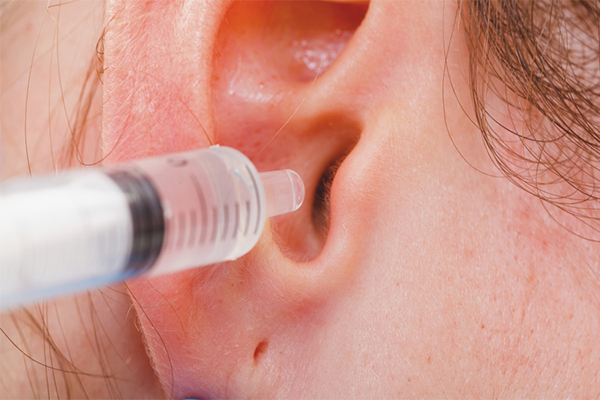
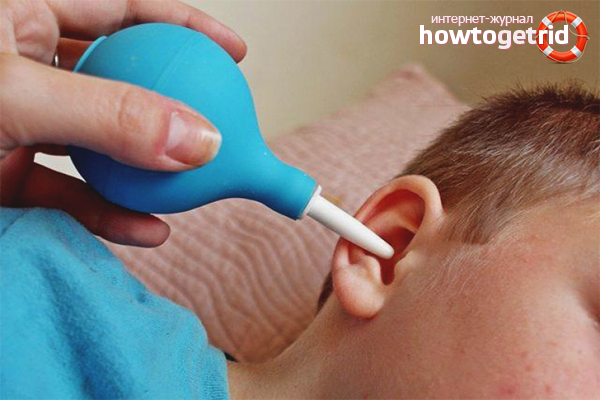


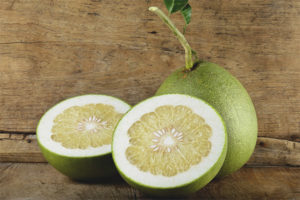
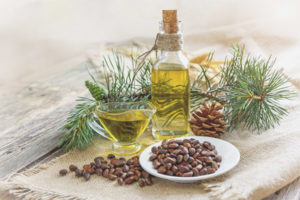
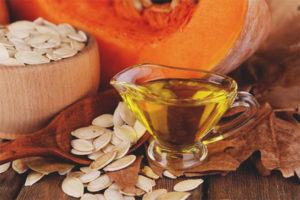
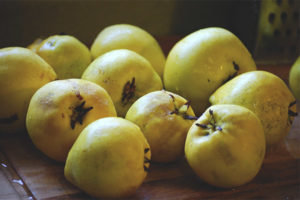



To send